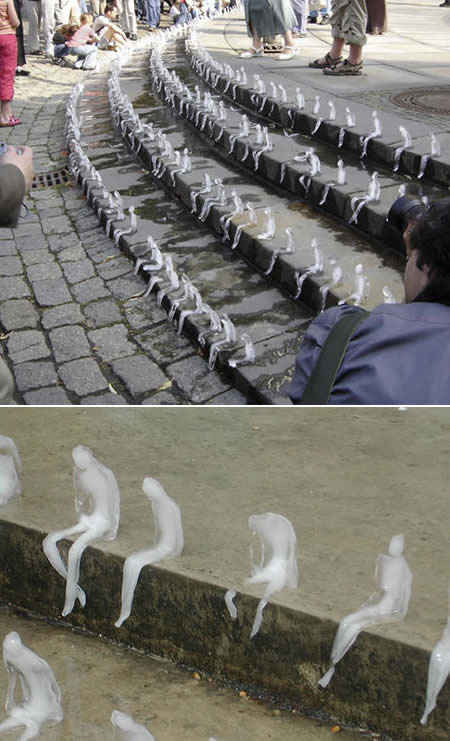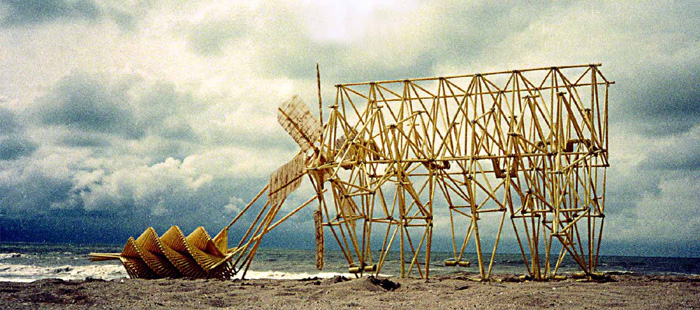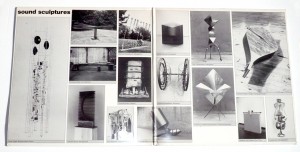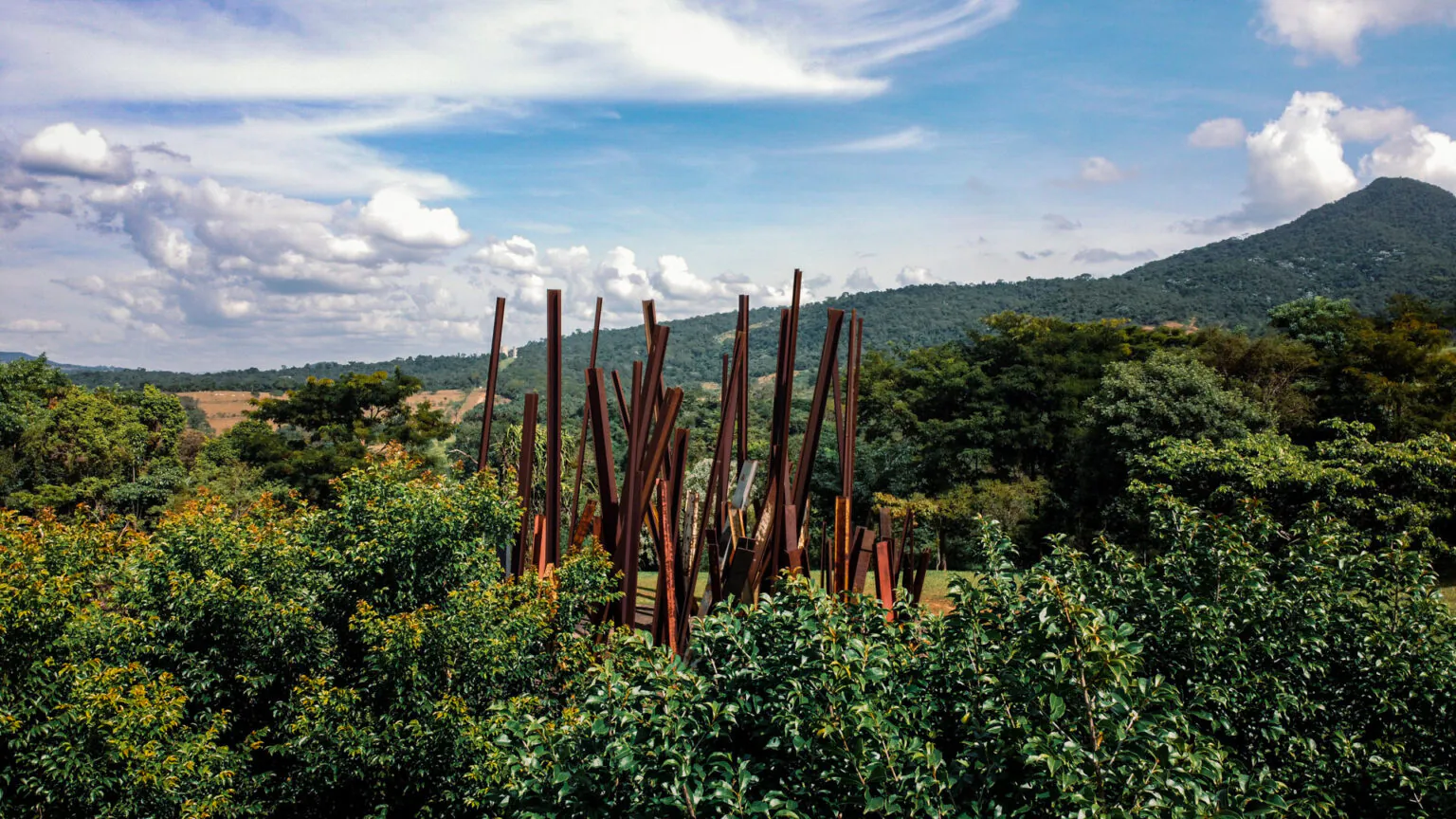 Beam Drop (1984/2008) is a large-scale sculpture on the top of a hill, made of 71 structural beams dropped by crane from a height of 45 meters into a pit of wet cement over a 12-hour period. The random pattern of the fallen beams formed the piece, making this work an interpretation of the gestural aspects of Abstract Expressionism and a simultaneous deconstruction of modern sculpture. It is the recreation on a larger scale of a work originally installed in 1984 for Art Park in the state of New York and destroyed in 1987.
Beam Drop (1984/2008) is a large-scale sculpture on the top of a hill, made of 71 structural beams dropped by crane from a height of 45 meters into a pit of wet cement over a 12-hour period. The random pattern of the fallen beams formed the piece, making this work an interpretation of the gestural aspects of Abstract Expressionism and a simultaneous deconstruction of modern sculpture. It is the recreation on a larger scale of a work originally installed in 1984 for Art Park in the state of New York and destroyed in 1987.
Rui Gato and Hiraku Suzuki viewed Burden’s work one day in Brazil, returned the next day with a field recorder and began to extract sounds from it. Though broken up into seven tracks, Beam Drop is one recording of an improvisation by Gato and Suzuki in a limited time frame as a bus waited for them in the distance. If one listens carefully you can hear the artists talk about how and what they are creating as well as cries of amazement as different sounds are drawn out of the sculpture. Gato and Suzuki’s beam drop is exciting for me as it is filled with the childhood innocence of banging pans on the kitchen floor.
They say:
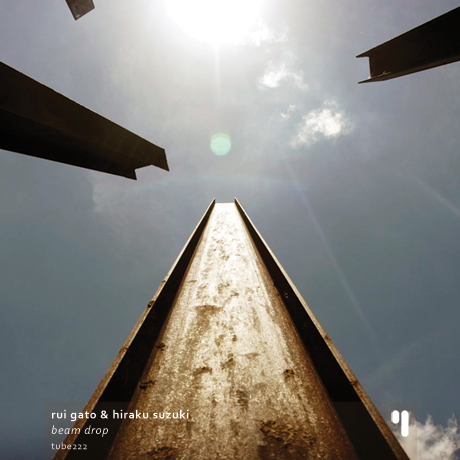 The Beam Drop sculpture is a very powerful experience.
The Beam Drop sculpture is a very powerful experience.
This recording is the result of our very short and fast contact with the Beam Drop. Both of us were immediately attracted to the sonic dimension of this work, during the visit to the Inhotim Centre.
We found the sculpture at different moments in the first day, and agreed to go back the next day and try to get some music out of it, and record it.
We did it in one continuous take, due to time limitations of the visit (everybody was waiting for us to get back to the bus), and we are glad it was so.
It is presented to you unedited, only with 7 divisions that seem logic and natural to us when listening.
Download with artwork and photos from Test Tube netlabel.
Excerpts:

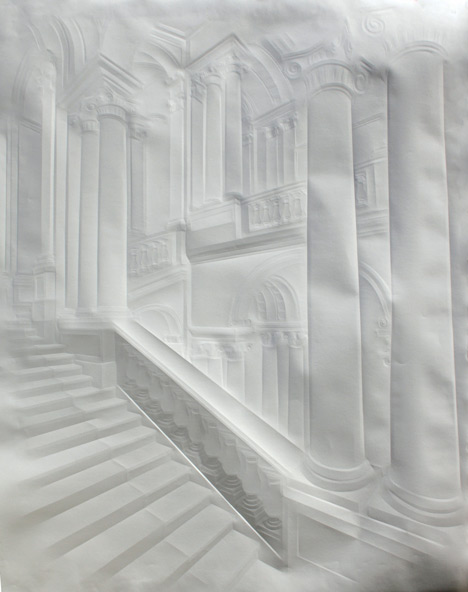
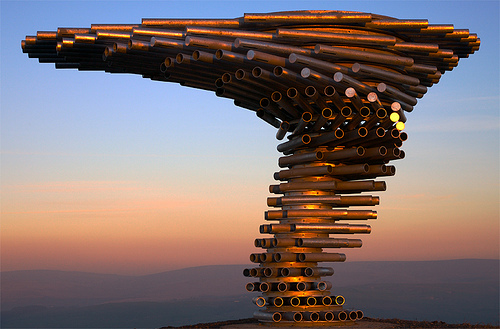
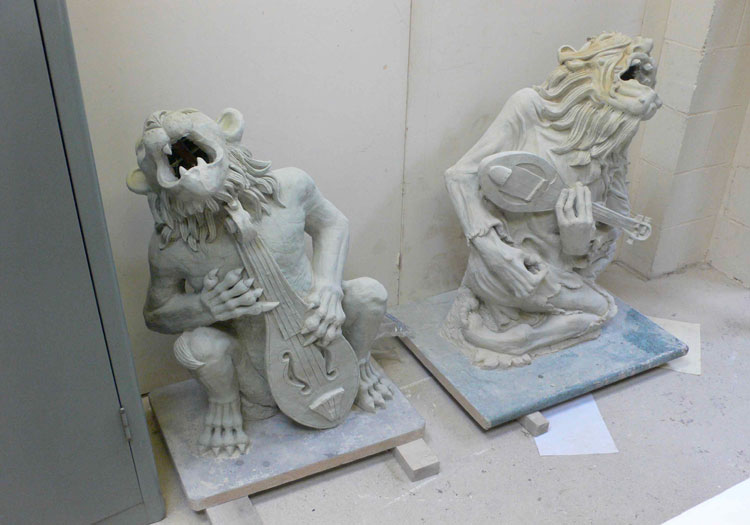


 Beam Drop (1984/2008) is a large-scale sculpture on the top of a hill, made of 71 structural beams dropped by crane from a height of 45 meters into a pit of wet cement over a 12-hour period. The random pattern of the fallen beams formed the piece, making this work an interpretation of the gestural aspects of Abstract Expressionism and a simultaneous deconstruction of modern sculpture. It is the recreation on a larger scale of a work originally installed in 1984 for Art Park in the state of New York and destroyed in 1987.
Beam Drop (1984/2008) is a large-scale sculpture on the top of a hill, made of 71 structural beams dropped by crane from a height of 45 meters into a pit of wet cement over a 12-hour period. The random pattern of the fallen beams formed the piece, making this work an interpretation of the gestural aspects of Abstract Expressionism and a simultaneous deconstruction of modern sculpture. It is the recreation on a larger scale of a work originally installed in 1984 for Art Park in the state of New York and destroyed in 1987. The Beam Drop
The Beam Drop




